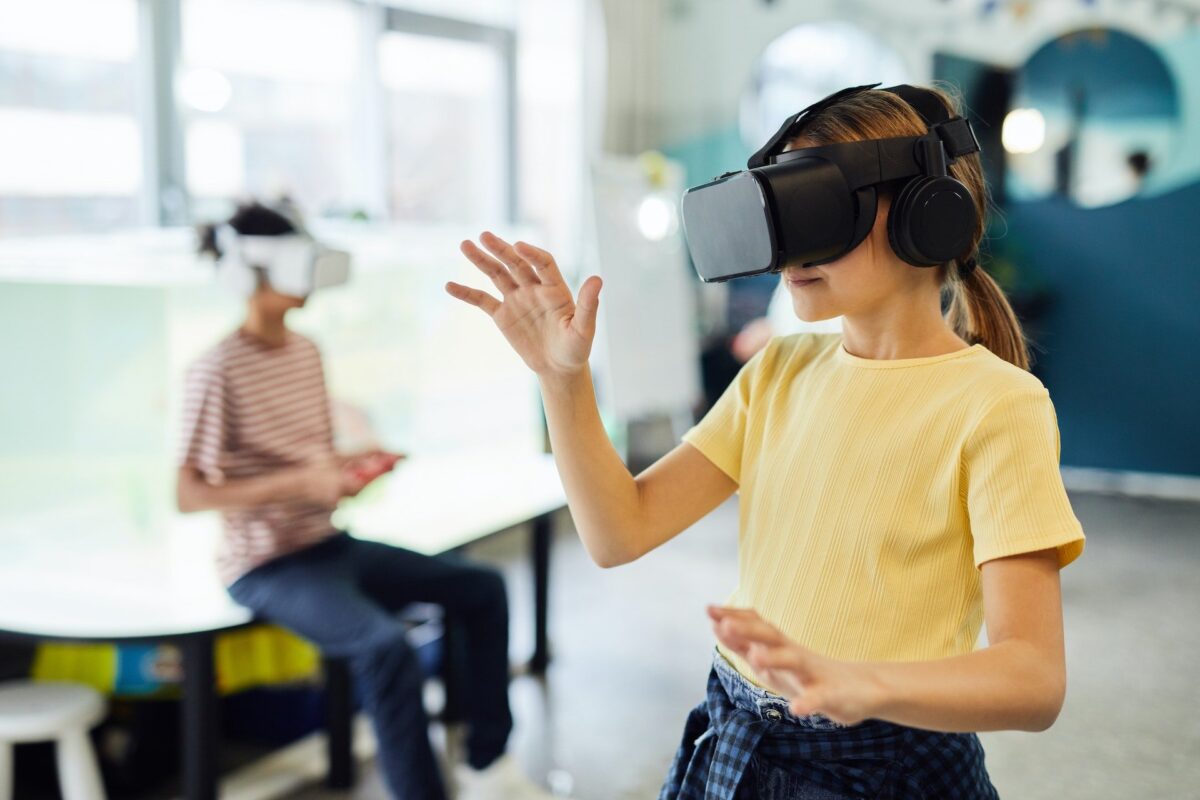Virtual reality to detect ADHD symptoms in children

Researchers introduce a VR game that aims to detect ADHD symptoms better than traditional methods. Can virtual reality detect and potentially treat this mental disorder?
Attention deficit disorder, or ADHD, is a widespread behavioral and emotional disorder. More than five percent of all children and adolescents worldwide and, according to the CDC, 9.8 percent in the United States have been diagnosed with this disorder. This makes ADHD the most common psychiatric mental health issue in children and adolescents.
A problem in therapy is often the diagnosis. Patients have to explain their symptoms in interviews or questionnaires and are diagnosed on the basis of subjective observations. However, symptoms in themselves are not sufficient to confirm ADHD. As a rule, the diagnosis is only made when the deficits have a strong impact on the patient's life. It is difficult to assess whether this is the case based on a questionnaire.
To make the diagnosis easier, a Finnish research team is taking a practical approach and observing patients in everyday situations. The researchers are using virtual reality and eye-tracking.
VR game simulates everyday situations
Virtual reality has long since arrived in medicine and research. Market researchers see VR in medicine as a future market worth billions. VR is already being used as a sedative in operating rooms. In the UK, VR headsets are being used as an anaesthetic before painful operations.
Researchers at the Universities of Aalto, Helsinki, and Åbo-Akademi have now developed a VR game called EPELI - short for "Executive Performance in Everyday Living" - which is intended to help diagnose ADHD. In the game, children find themselves in a virtual room and have to perform everyday tasks, such as making the bed or cleaning the room. Meanwhile, they are exposed to a variety of distractions, such as barking dogs and toys, and have many opportunities to interact.
"The game provides a list of tasks that simulate daily life, such as brushing teeth and eating a banana. The player must remember the tasks even though there are distractions in the environment, such as a TV that is on. The game measures everything: how often the child clicks on the controls and how efficiently he or she completes the tasks. Efficiency correlates with functioning in everyday life, something children with ADHD often have trouble with," explains developer Topi Siro.
Eye tracking helps with diagnosis
The researchers tested EPELI and another VR game in a study. The children had to find a target in the VR environment and shoot at it. The study included 37 children diagnosed with ADHD and 36 children in a control group.
The researchers used eye-tracking from the VR headset to measure the participants' eye movements as they completed the tasks. "We tracked children's natural eye movements as they performed different tasks in a virtual reality game, and this proved to be an effective way of detecting ADHD symptoms," said Liya Merzon, a doctoral student at Aalto University.
"The ADHD children's gaze paused longer on different objects in the environment, and their gaze jumped faster and more often from one spot to another. This might indicate a delay in visual system development and poorer information processing than other children." This could indicate a delay in the development of the visual system and poorer information processing than in other children, she said.
Virtual reality is conceivable as therapy for ADHD
In addition to the practical simulation of everyday situations, project leader Juha Salmitaival sees another advantage in VR diagnosis: "This isn’t just a new technology to objectively assess ADHD symptoms. Children also find the game more interesting than standard neuropsychological tests."
Therefore, in addition to diagnosing and assessing symptoms, the researchers can also envision VR games being used as a rehabilitation tool for ADHD.
"We want to develop a gamification-based digital therapy that can help children with ADHD get excited about doing things they wouldn’t otherwise do. There’s already an approved game for ADHD rehabilitation in the US," Salmitaival said.
Virtual reality: a versatile diagnostic tool
"I see virtual reality as an interesting tool, because it can be used to precisely control what happens in the stimulus world while at the same time collecting information about behaviour in a natural situation," says Linda Henriksson, an expert on how the brain processes visual information and also involved in EPALI.
The researchers see great potential in EPALI. With adaptations, the VR game could also be used in diagnoses and therapies for people with autism, speech problems, or brain trauma, as well as adults with ADHD, symptoms related to cerebral palsy, or declining memory in old age.
"Our partners in Geneva are studying aging-related diseases. Key opportunities on the horizon include early detection of Parkinson’s and Alzheimer’s diseases," Salmitaival says.
Note: Links to online stores in articles can be so-called affiliate links. If you buy through this link, MIXED receives a commission from the provider. For you the price does not change.